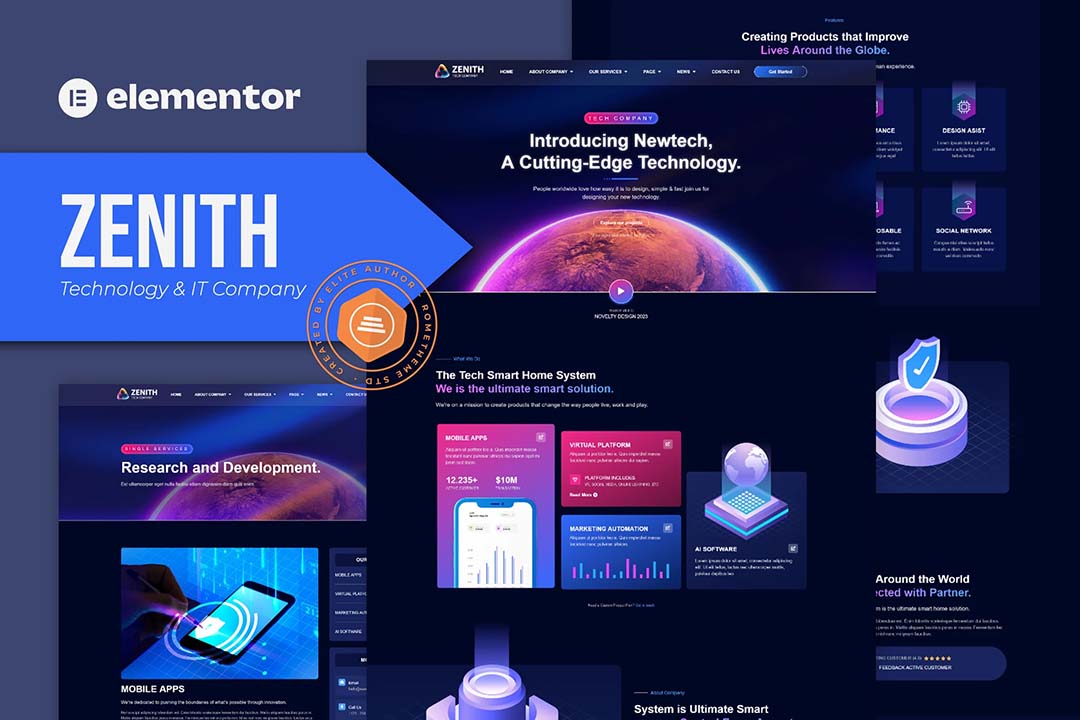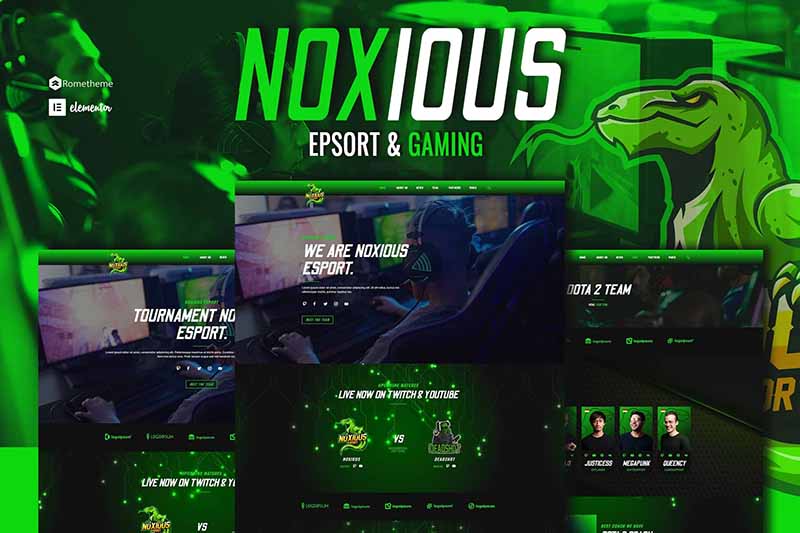Abstract: In this article, we will delve into Magento's architecture and technology stack to help readers better understand the platform's workings and technical components. We will introduce the overall architecture of Magento, including the client layer, application layer, service layer, and data access layer. In addition, we will discuss in detail the key technologies used by Magento, such as PHP, Zend Framework, MySQL, Elasticsearch, Redis, Apache/Nginx, Composer, PHPUnit, LESS/Sass, and JavaScript libraries and frameworks.
![图片[1]-深入解析Magento的架构和技术栈-光子波动网-免费分享跨境知识和技术知识](https://www.361sale.com/wp-content/uploads/2023/06/1_qs1548yZoj3_b5c68omRmA-1024x426.png)
Introduction:
In today's digital age, e-commerce platforms are key for businesses to conduct online transactions.Magento, a powerful and flexible open source e-commerce platform, is widely used by online stores of all sizes. In order to meet different business requirements and customization options, Magento adopts a modular architecture and combines multiple technology stacks to support its development and operation. This article will delve into Magento's architecture and technology stack to help readers better understand the platform's workings and technical components.
![图片[2]-深入解析Magento的架构和技术栈-光子波动网-免费分享跨境知识和技术知识](https://www.361sale.com/wp-content/uploads/2023/06/magento-open-source-vs-adobe-commerce-banner-2-1024x536.webp)
I. The overall architecture of Magento:
The overall architecture of Magento is divided into four key layers: client layer, application layer, service layer and data access layer. These layers collaborate with each other to realize the core functions of request processing, data management, and front-end presentation.
- client side: The client layer includes the front-end presentation and front-end logic. The front-end presentation uses technologies such as HTML, CSS, and JavaScript to build the user interface, and a template engine to render web content. The front-end logic uses JavaScript libraries (e.g., jQuery) to realize user interaction and dynamic effects.
- Application Layer: The application layer consists of the controller, model and view components. The controller is responsible for processing requests and forwarding them to the appropriate model or view component. The model layer handles data storage and retrieval, including interaction with the database and data validation and processing logic. The view layer is responsible for presenting the front-end display and interacting with the model layer for data.
- Service Layer: The service layer provides external service interfaces, which are realized through interfaces such as REST and SOAP. These service interfaces include functions such as order management, product management, etc., which can be used by other systems or third-party applications. The service implementation layer is responsible for handling requests from external systems and forwarding them to the appropriate model or view component for processing.
- Data Access Layer: The data access layer involves databases and data access objects (DAOs).Magento uses relational databases such as MySQL to store and manage data. The database is responsible for persistently storing data and providing efficient data retrieval and querying. The Data Access Object (DAO) layer is responsible for interacting with the database and performing data operations and queries. It provides an abstract interface for applications to access the database while hiding the specific implementation details of the underlying database.
![图片[3]-深入解析Magento的架构和技术栈-光子波动网-免费分享跨境知识和技术知识](https://www.361sale.com/wp-content/uploads/2023/06/62f94cf4bc21b24271a2a9ce19922a435b95ec07-1024x504-1.webp)
Second, Magento's technology stack:
Magento's technology stack encompasses several key technologies that work together to support the development and operation of the platform, providing rich functionality and flexibility.
- PHP: PHP is Magento's back-end development language. As a widely used scripting language for web development, PHP is easy to learn and use, and has great extensibility and flexibility.Magento uses PHP to handle business logic, data manipulation, and interaction with the front-end.
- Zend Framework: Magento is built on Zend Framework , Zend Framework is a feature-rich PHP framework , provides many out-of-the-box components and libraries , used to quickly build scalable web applications.Magento leverages the features of the Zend Framework to achieve a modular architecture and powerful scalability .
- MySQL: Magento uses MySQL as the default relational database management system.MySQL is widely used in web development and provides stable and efficient data storage and retrieval.Magento interacts with the database by using MySQL's query language (SQL) for persistent data storage and management.
- Elasticsearch: As Magento's full-text search engine, Elasticsearch provides efficient search and query functions. It uses inverted indexing technology and supports complex search and filtering operations to help users quickly find the goods and information they need.Elasticsearch's fast response and powerful search capabilities provide important support for Magento's search function.
- Redis: Redis is an in-memory caching and key-value storage system that is widely used in Magento to cache data from repetitive queries and temporarily store session information. By storing data in memory, Redis provides fast data access speeds, thus improving Magento's performance and responsiveness.
- Apache/Nginx: Magento can run on different web servers, common choices are Apache and Nginx. these servers are responsible for receiving and processing client requests and forwarding them to the Magento application. With proper configuration and optimization, Apache and Nginx can provide high performance and stable web services.
- Composer: Composer is a dependency management tool for PHP that is widely used for installing and updating Magento's modules and extensions. With Composer, developers can easily introduce and manage various third-party libraries and components for Magento. It provides an auto-loading mechanism and version control, simplifying the management of dependencies and the organization of code.
- PHPUnit: PHPUnit is a unit testing framework for PHP , is widely used in Magento unit testing and functional testing . By writing and running test cases , developers can ensure the quality and stability of the code , and timely detection and repair of potential problems .PHPUnit provides a rich set of assertions and testing tools to support test-driven development (TDD) and behavior-driven development (BDD) practices .
- LESS/Sass: Magento uses LESS (or Sass) as a CSS preprocessor. The preprocessor simplifies writing and maintaining CSS by introducing features such as variables, blending and nesting. It provides better code organization and reusability, making stylesheet development more efficient and flexible.
- JavaScript libraries and frameworks: Magento utilizes several JavaScript libraries and frameworks to enhance front-end interaction and dynamic effects. These include jQuery, Knockout.js, and Require.js, among others. These libraries and frameworks provide a rich set of features and tools that simplify the complexity of front-end development and enhance the user experience.
![图片[4]-深入解析Magento的架构和技术栈-光子波动网-免费分享跨境知识和技术知识](https://www.361sale.com/wp-content/uploads/2023/06/Magento-eCommerce-Development-eCommerce.jpg)
Conclusion:
Through a deep understanding of Magento's architecture and technology stack, we can see that it is a powerful and highly customizable e-commerce platform.Magento's overall architecture covers the client layer, application layer, service layer, and data access layer, and the layers work closely with each other to achieve the core functions of request processing, data management and front-end display. Meanwhile, Magento's technology stack includes PHP, Zend Framework, MySQL, Elasticsearch, Redis, Apache/Nginx, Composer, PHPUnit, LESS/Sass and JavaScript libraries and frameworks, and these key technologies provide powerful support for Magento's development and operation.
Understanding Magento's architecture and technology stack helps developers to better apply and extend this popular open source e-commerce platform to provide users with a superior online shopping experience.





















![表情[quantou]-光子波动网-免费分享跨境知识和技术知识](https://www.361sale.com/wp-content/themes/zibll/img/smilies/quantou.gif) Bear form works well, contact works well, seller is reliable
Bear form works well, contact works well, seller is reliable![表情[juhua]-光子波动网-免费分享跨境知识和技术知识](https://www.361sale.com/wp-content/themes/zibll/img/smilies/juhua.gif)
![表情[tiaopi]-光子波动网-免费分享跨境知识和技术知识](https://www.361sale.com/wp-content/themes/zibll/img/smilies/tiaopi.gif)
![表情[yangtuo]-光子波动网-免费分享跨境知识和技术知识](https://www.361sale.com/wp-content/themes/zibll/img/smilies/yangtuo.gif) Not much to say, kudos to the seller for being excellent
Not much to say, kudos to the seller for being excellent![表情[chi]-光子波动网-免费分享跨境知识和技术知识](https://www.361sale.com/wp-content/themes/zibll/img/smilies/chi.gif)
![表情[ciya]-光子波动网-免费分享跨境知识和技术知识](https://www.361sale.com/wp-content/themes/zibll/img/smilies/ciya.gif)
![表情[saorao]-光子波动网-免费分享跨境知识和技术知识](https://www.361sale.com/wp-content/themes/zibll/img/smilies/saorao.gif)









No comments